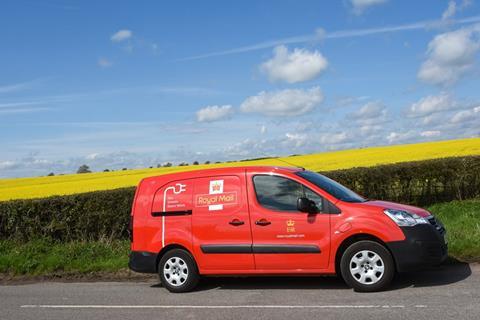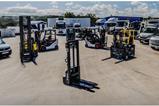Royal Mail has announced plans to add 2,100 electric vans to its fleet over the next year. This expansion is part of the company’s strategy to achieve net-zero carbon emissions by 2040.

The new electric vehicles will be distributed across the UK starting in August, with more than half expected to be operational before the peak Christmas shopping period. These vans will be the first to feature the new King’s cruciform and livery.
Currently, Royal Mail operates the largest electric delivery fleet in the UK with approximately 5,000 vans. The addition of 2,100 new electric vehicles will increase the total to 7,100.
The company plans to charge most of these vans at Royal Mail delivery offices using purchased 100% renewable electricity. Once all 2,100 new electric vans are in service, Royal Mail estimates they will reduce the company’s total emissions by around 6,000 tonnes of carbon dioxide equivalent per year.
Jenny Hall, Director of Corporate Affairs at Royal Mail, stated: “We are proud to take another big step towards our target to be net-zero by 2040. Electric vehicles provide a wide range of benefits, reducing noise and air pollution in local communities as well as reducing our impact on the environment. We want as many customers as possible to benefit from zero emission deliveries to their doorstep.”
In addition to electric vans, Royal Mail has introduced hydrotreated vegetable oil (HVO) to fuel many of its heavy goods vehicles. HVO is a renewable alternative to diesel that produces up to 90% less direct carbon emissions compared to diesel. Since its introduction in June 2023, HVO has reportedly saved more than 30,000 tonnes of carbon dioxide equivalent.
Royal Mail reports having the lowest carbon emissions per parcel of any UK delivery company and aims to maintain this position. The company’s ‘Steps to Zero’ environment strategy includes a goal of achieving net-zero by 2040. Royal Mail states it has reduced Scope 1 and 2 emissions by 18% in two years, with a target to achieve a 50% reduction by 2030.


















